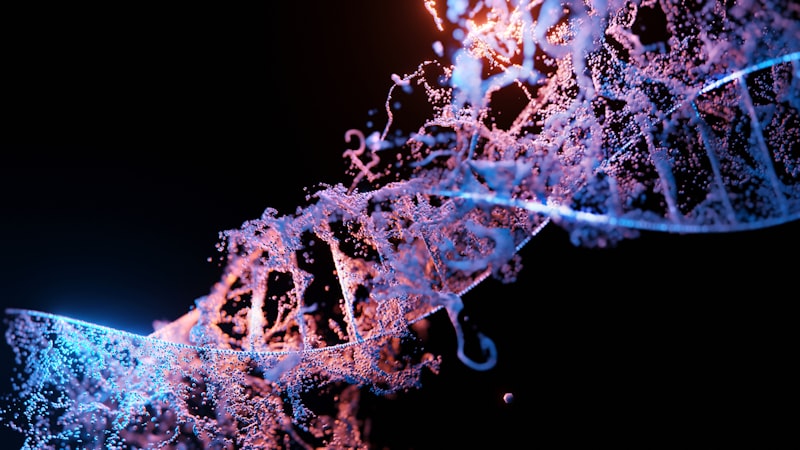So, what is CRISPR, exactly? It’s short for Clustered Regularly Interspaced Short Palindromic Repeats (yes, quite the mouthful). Think of CRISPR as a GPS for genetic information—it helps scientists find very specific spots in DNA where they can cut and modify genes. With CRISPR, we have a revolutionary tool at our fingertips that makes gene editing not just efficient, but also incredibly precise. No more guesswork; it’s like having a spotlight that reveals exactly where the edits need to happen.
Gene editing, on the other hand, is the overarching technique that allows us to alter the genetic material of an organism. Imagine working on a jigsaw puzzle—the pieces all have their place, but sometimes you need to reshape them for everything to fit. That’s akin to what gene editing accomplishes. It’s paving the way for groundbreaking advancements in medicine, agriculture, and beyond. The implications? They’re huge! From curing genetic disorders to creating crops that can withstand harsh climates, CRISPR and gene editing could change the world as we know it.
How Gene Editing Works
At the heart of gene editing lies a nifty tool called CRISPR, which sounds like something straight out of a sci-fi movie, doesn’t it? CRISPR stands for Clustered Regularly Interspaced Short Palindromic Repeats, but you can just call it CRISPR for short. It works by using a molecular “scissors” – enzymes called Cas9 – to cut specific parts of the DNA. Think of these enzymes as skilled chefs sautéing away the unwanted bits of a recipe, leaving only the good flavors behind.
So, how does this actually happen? Scientists first identify the specific sequence of DNA they want to change. Then, they design a guide RNA that matches this sequence. Once this tiny RNA GPS is in place, Cas9 comes into play, cutting the DNA at that exact spot. After the cut, the cell’s natural repair mechanisms kick in, ideally inserting or modifying genes to create the desired effect. It’s like a garage door that has a broken hinge; you can swap it out for a new one, fixing the whole mechanism!
The implications? They’re massive! From eliminating genetic disorders in humans to improving crop resilience against climate change, gene editing has the potential to rewrite the rules of biology. But it’s also a topic that comes with its fair share of ethical discussions, making it a double-edged sword. Isn’t it fascinating how a tiny change at the molecular level can lead to monumental shifts in health and agriculture?
The Ethical Questions It Raises

Take AI, for instance. Isn’t it mind-blowing how machines can now learn and make decisions? But who’s responsible when AI gets it wrong? Picture a self-driving car involved in an accident. Do we blame the manufacturer, the programmer, or the technology itself? It’s a murky mess, isn’t it? Like trying to catch fog with your bare hands, these questions can slip through your fingers as soon as you think you’ve got a grip on them.
Then there’s the matter of data privacy. We willingly share our personal information, but at what cost? It’s akin to throwing a party and inviting everyone over, only to find out they’re rummaging through your drawers. What’s happening to our most private moments when we allow companies access to our data? These ethical dilemmas often make us question the very essence of trust in our digital relationships.























Add comment